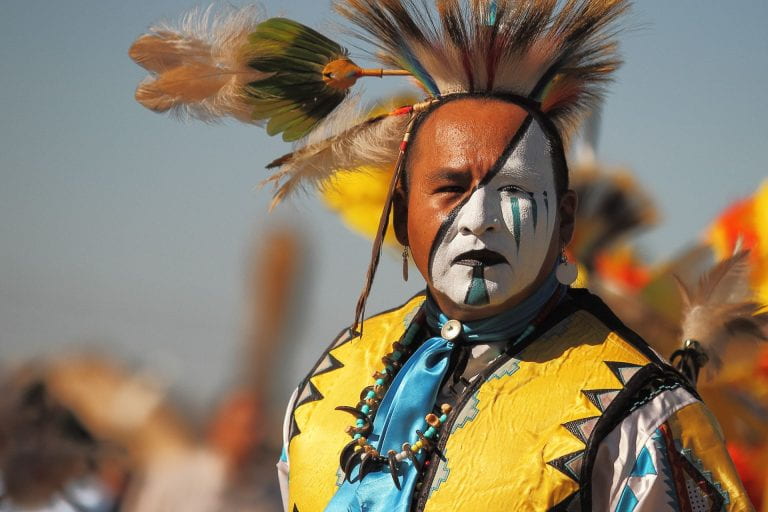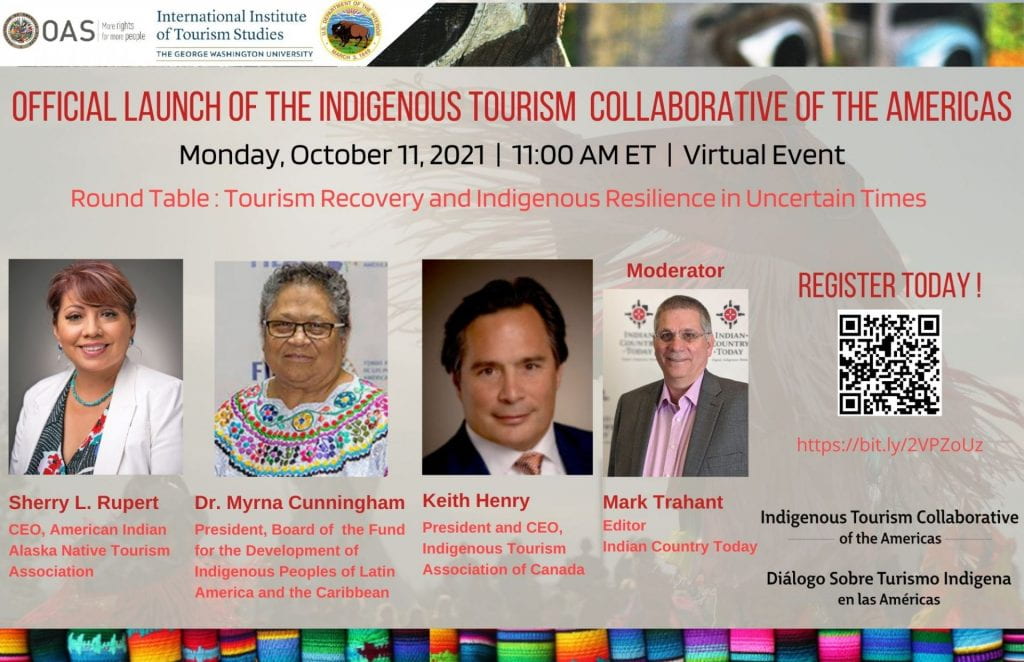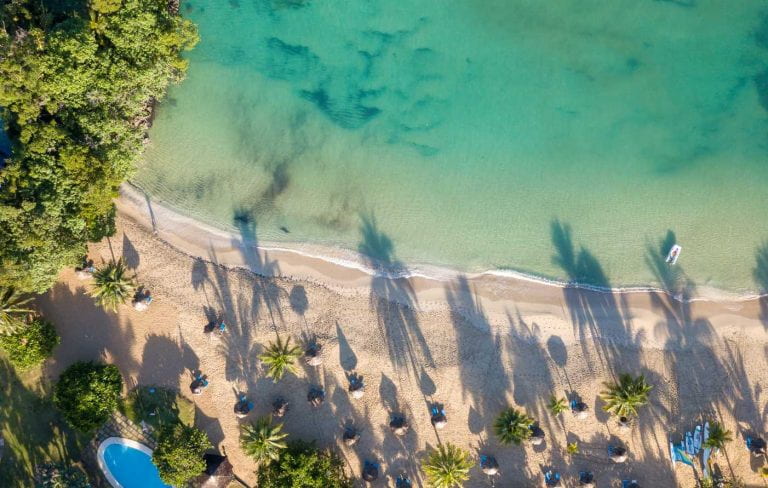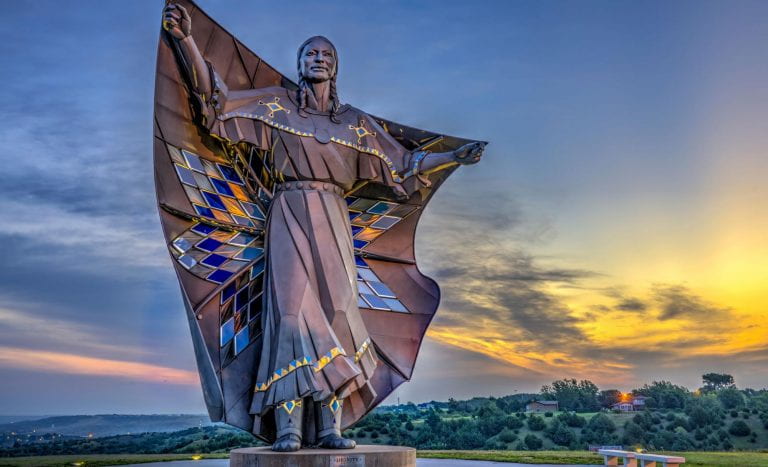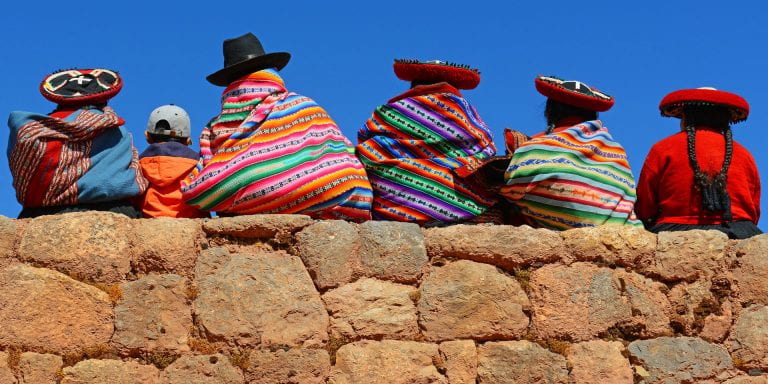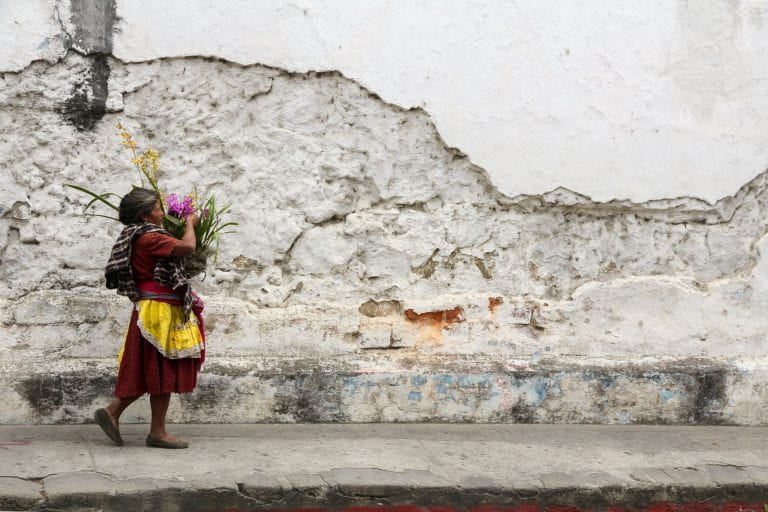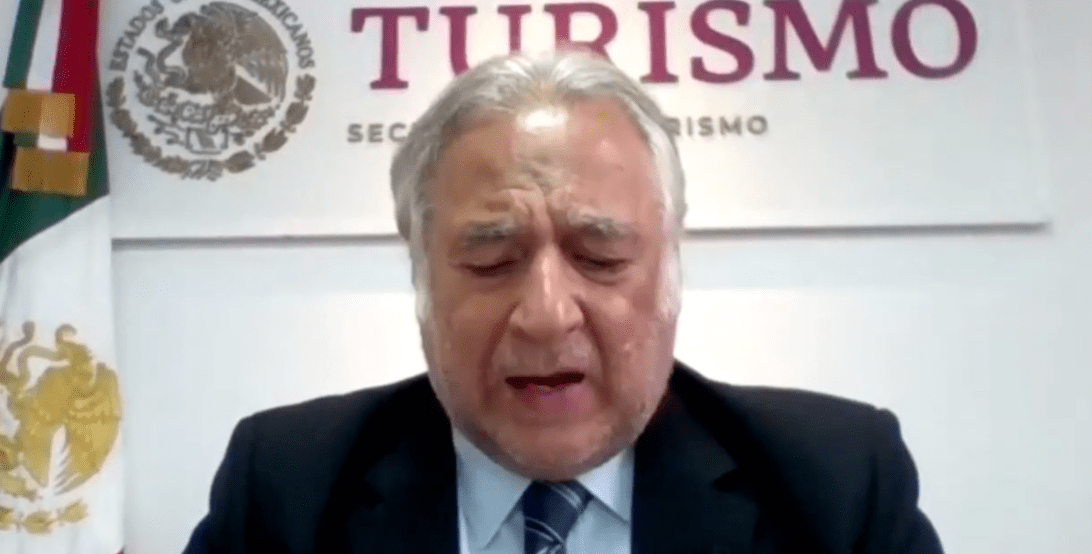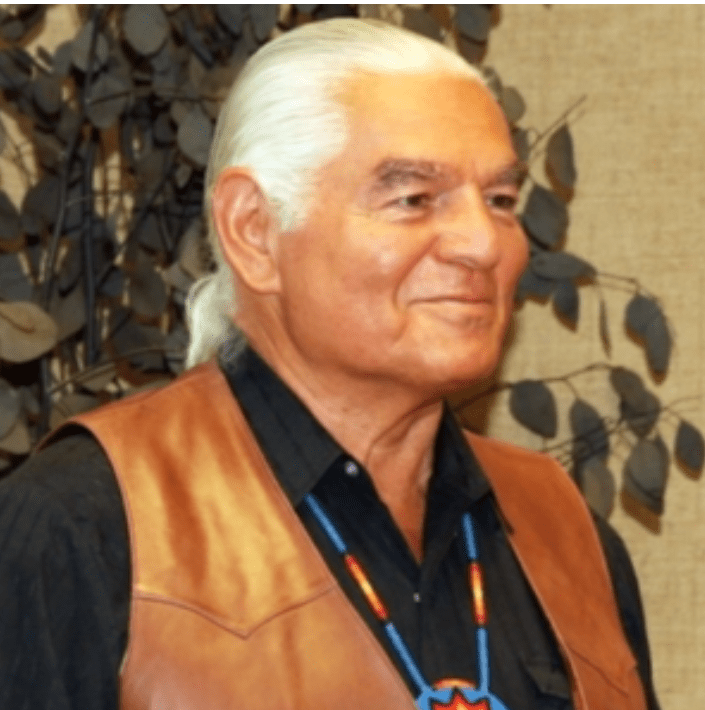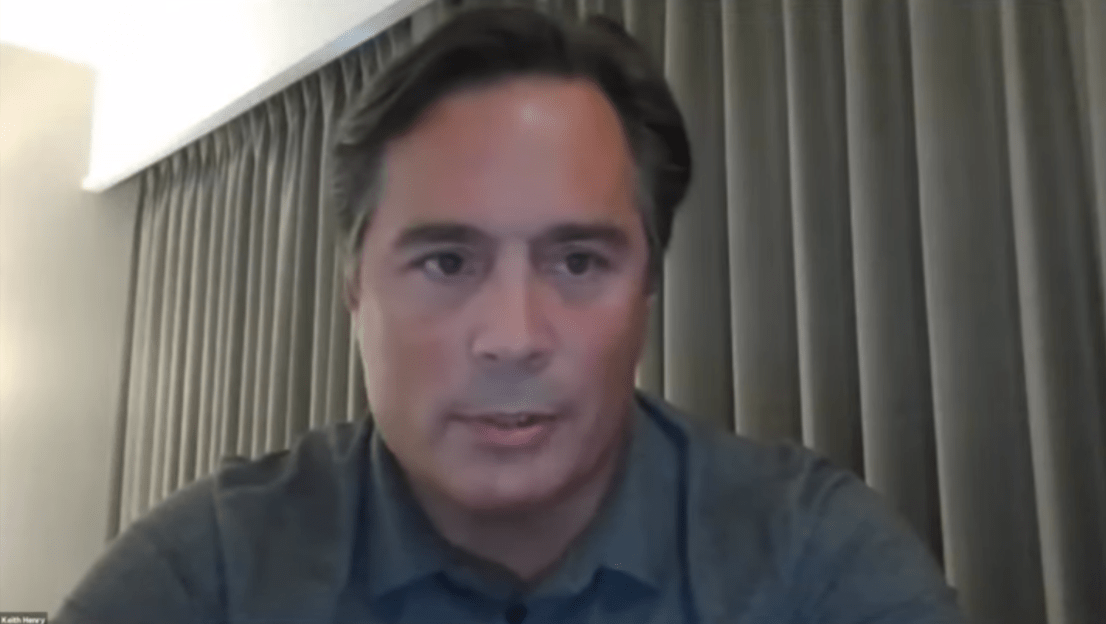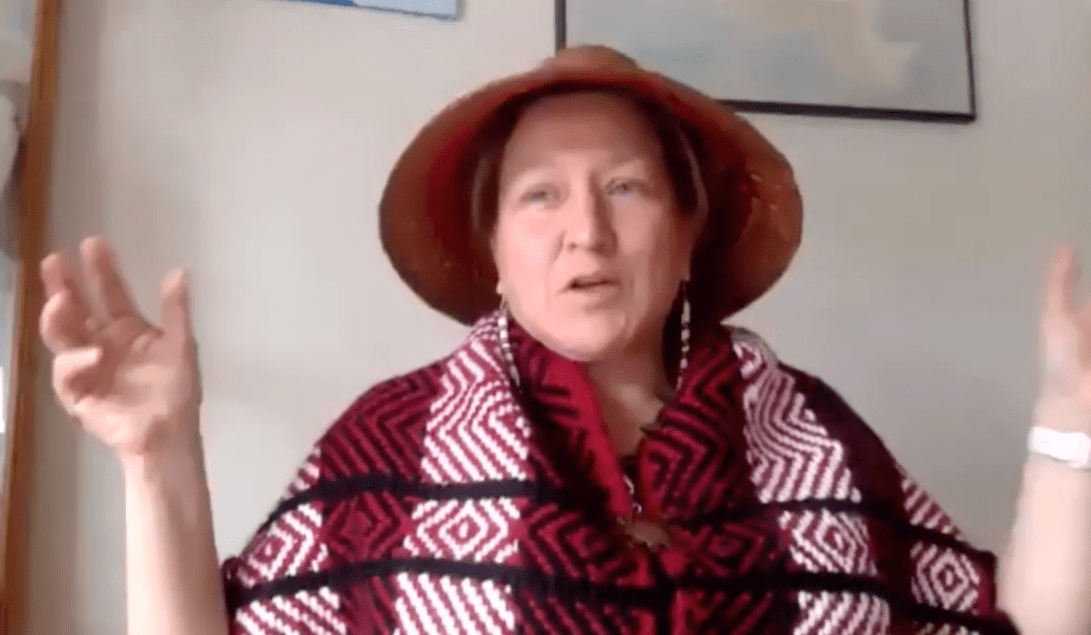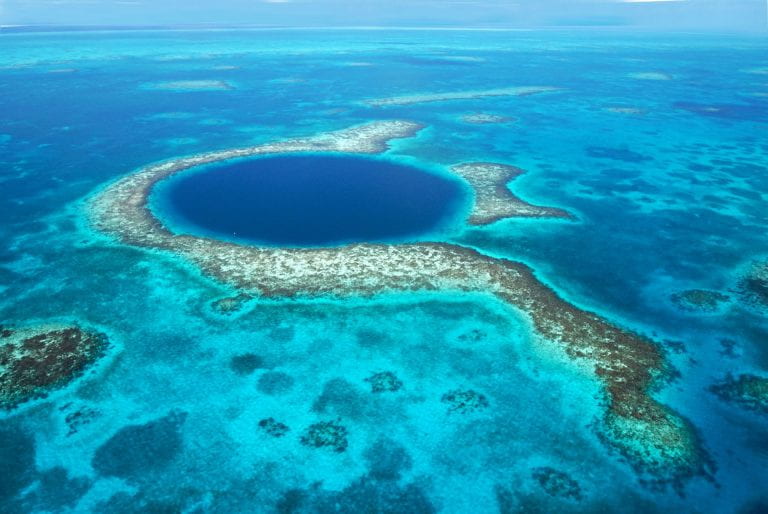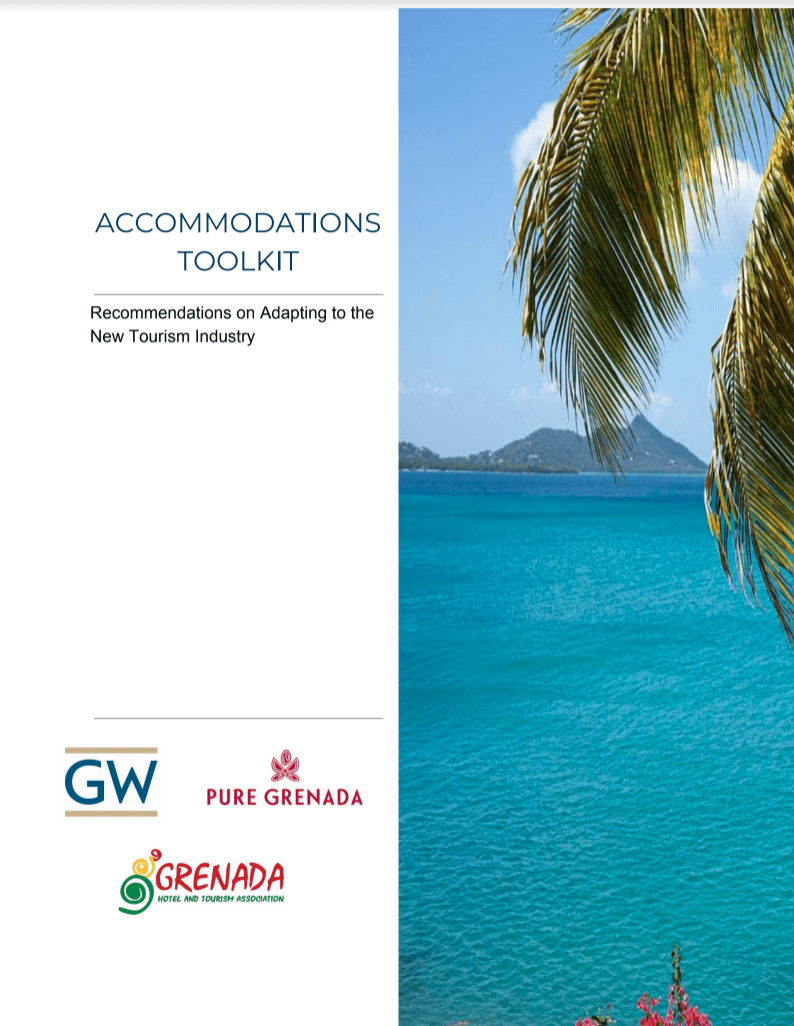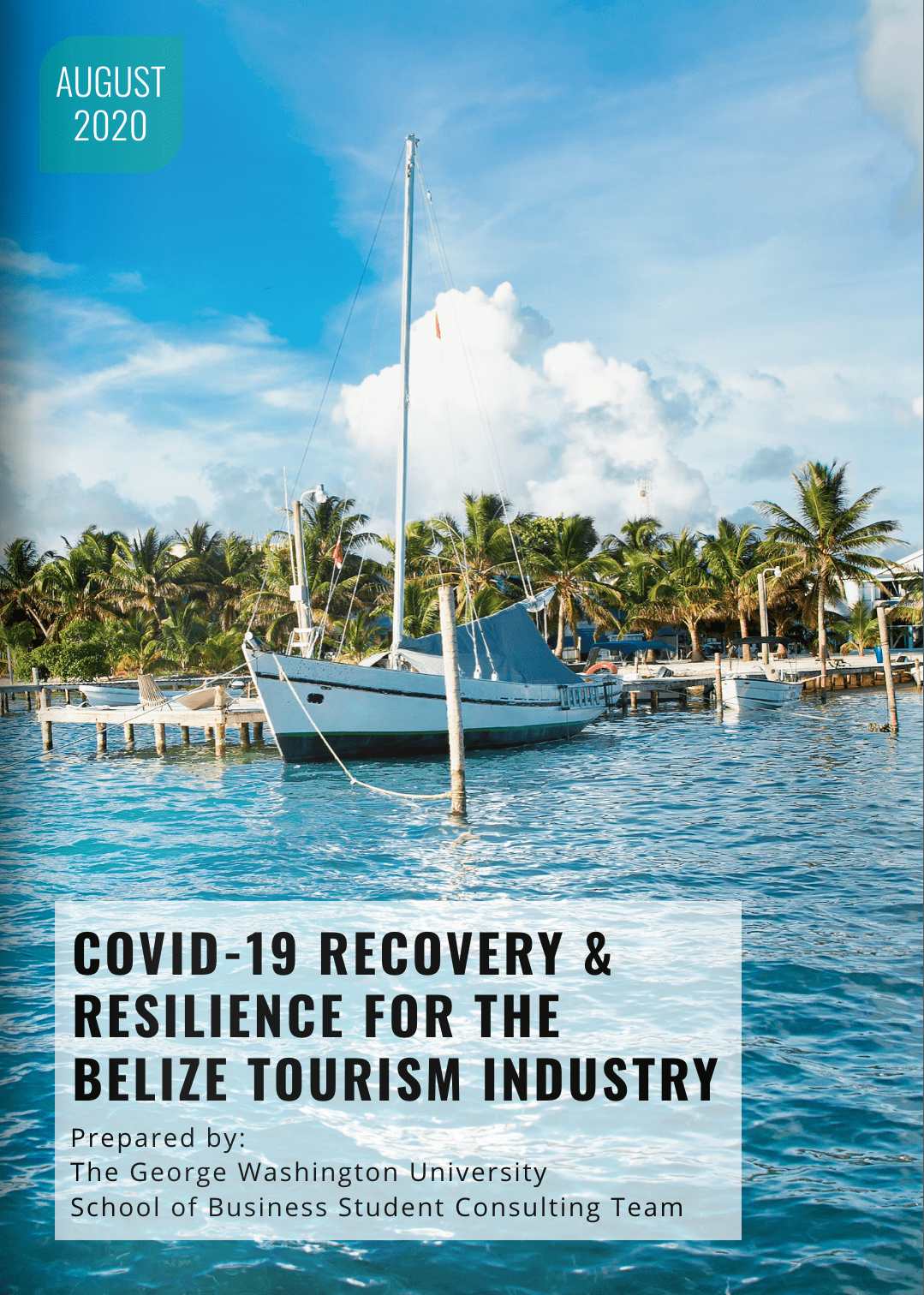New Destination Management Plan for St. Thomas, Jamaica, Promotes Community Tourism; Serves as a Model for Other More Mature Destinations including Montego Bay, Negril, and Ocho Rios
A new Destination Management Plan for the Parish of St. Thomas, Jamaica, was unveiled by the Hon. Edmund Bartlett, Jamaica’s Minister of Tourism in April, and is designed to serve as a catalyst for the wider social and economic development of the Parish. The plan’s development process was led by a team from GW IITS and provides Jamaica’s first regional sustainable destination development and management master plan, with comprehensive strategies for sustainable growth including zoning schemes, destination and infrastructure development strategies, and economic impact forecasts.
“We want to introduce our visitors to more community tourism experiences, this will give the visitor the feeling of having a multi-destination vacation without ever leaving our shores,” said Bartlett, in an unveiling ceremony for the plan, which was approved by the Cabinet.
The plan speaks to all sectors in the parish benefiting from tourism development, providing economic viability in communities beyond Jamaica’s traditional resort areas. In a multi-sectoral approach, 40 out of 51 identified projects will be implemented by the Ministry of Tourism over the next ten years.
“Our new marketing packages will encourage visitors to take excursions to local shopping establishments and restaurants, entertainment facilities and bars. We will also encourage them to wander along our beaches, rivers, and to our fishing villages. Critical in fact in our shift to increase awareness of our community tourism offerings, will be a targeted campaign to focus on our many cultural and heritage assets,” added Bartlett.
The Ministry of Tourism is now leading the development of a second TDDMP in Negril using the methodology that the GW IITS team developed.
For more information regarding the St. Thomas Tourism Destination Development & Management Plan, visit the Jamaica Ministry of Tourism Facebook page here to watch an informational video prepared by the Jamaica Information Service.
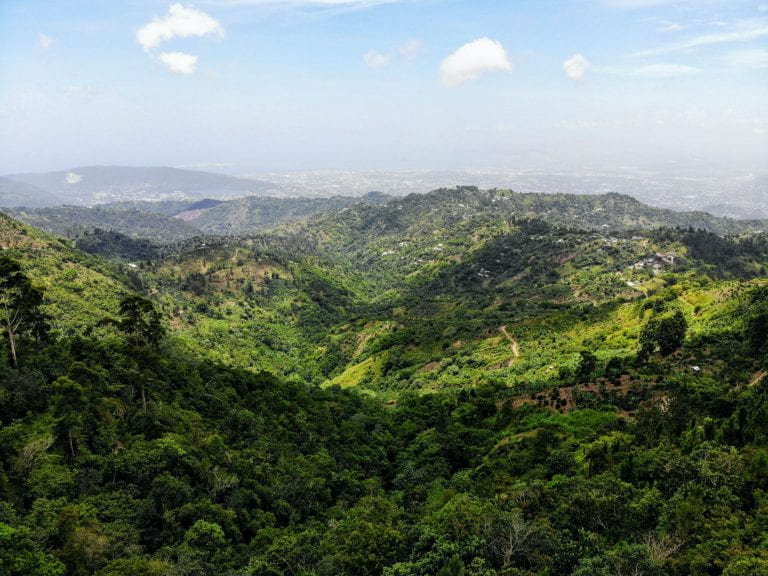
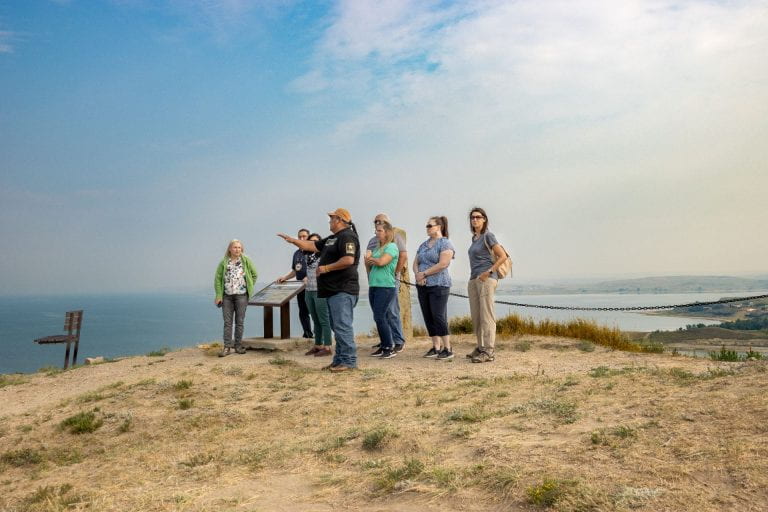




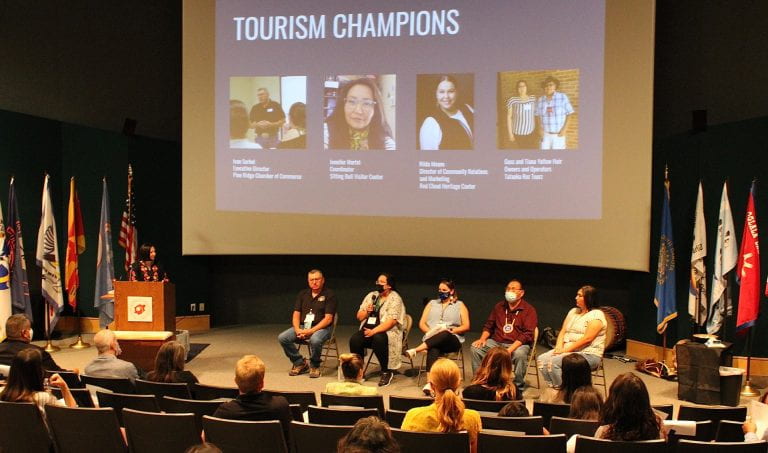

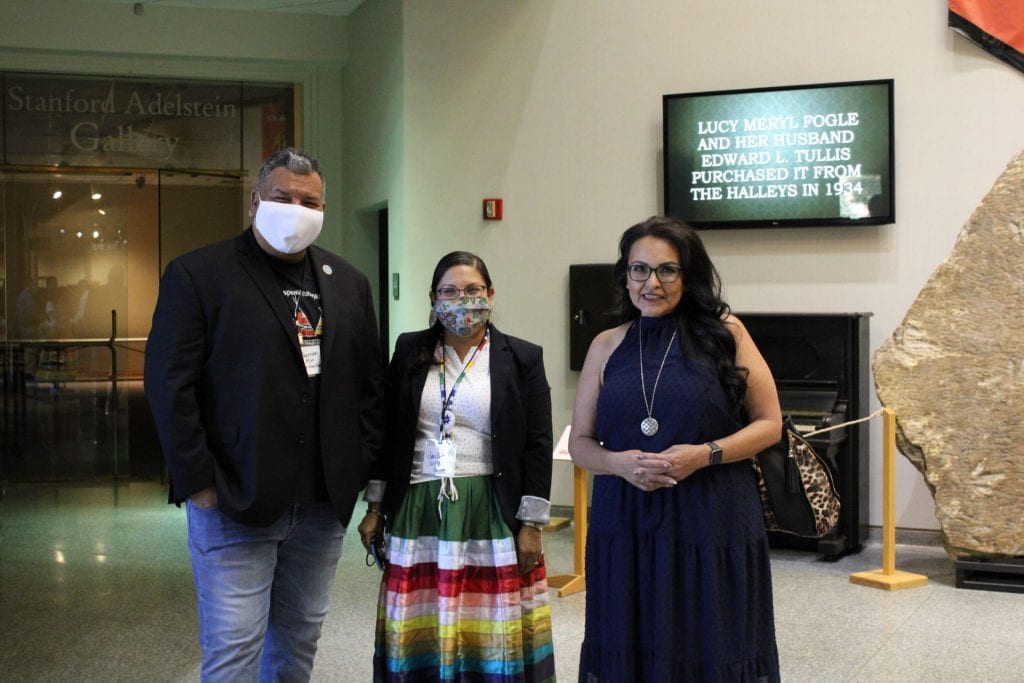 (Left) Ira Taken Alive, Vice-Chairman, Standing Rock Sioux Tribe; (Center) Dew Bad Warrior, Event Coordinator and Vice President, Black Hills Powwow Association; (Right) Representative Tamara St. John, Event MC and District 1 Representative, South Dakota House of Representatives, Sisseton-Wahpeton Oyate
(Left) Ira Taken Alive, Vice-Chairman, Standing Rock Sioux Tribe; (Center) Dew Bad Warrior, Event Coordinator and Vice President, Black Hills Powwow Association; (Right) Representative Tamara St. John, Event MC and District 1 Representative, South Dakota House of Representatives, Sisseton-Wahpeton Oyate